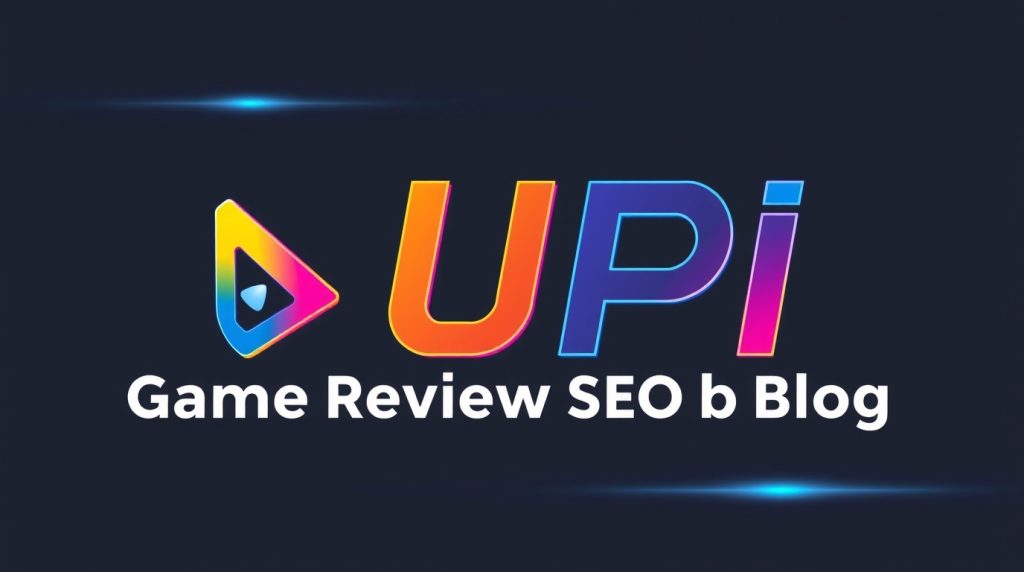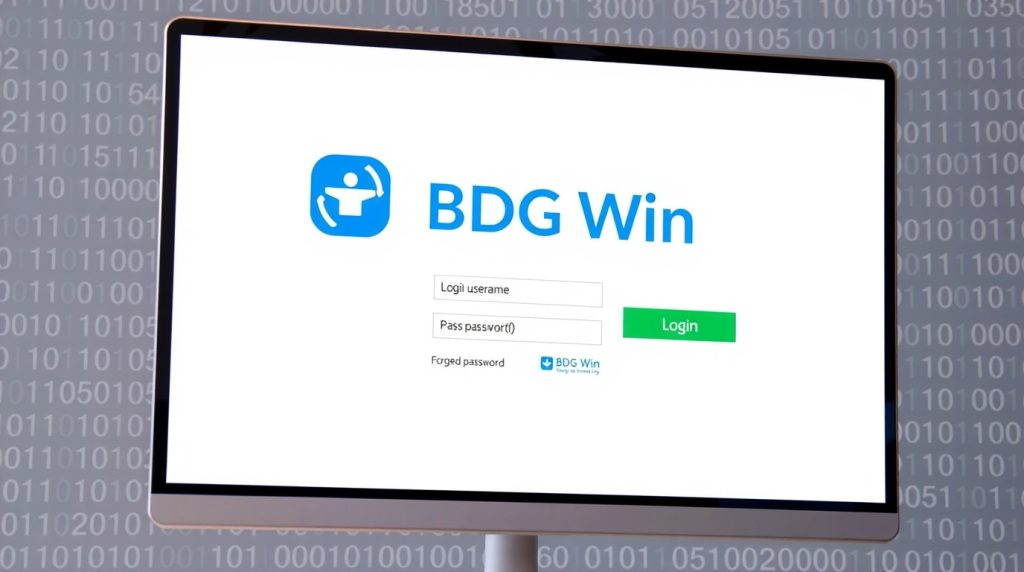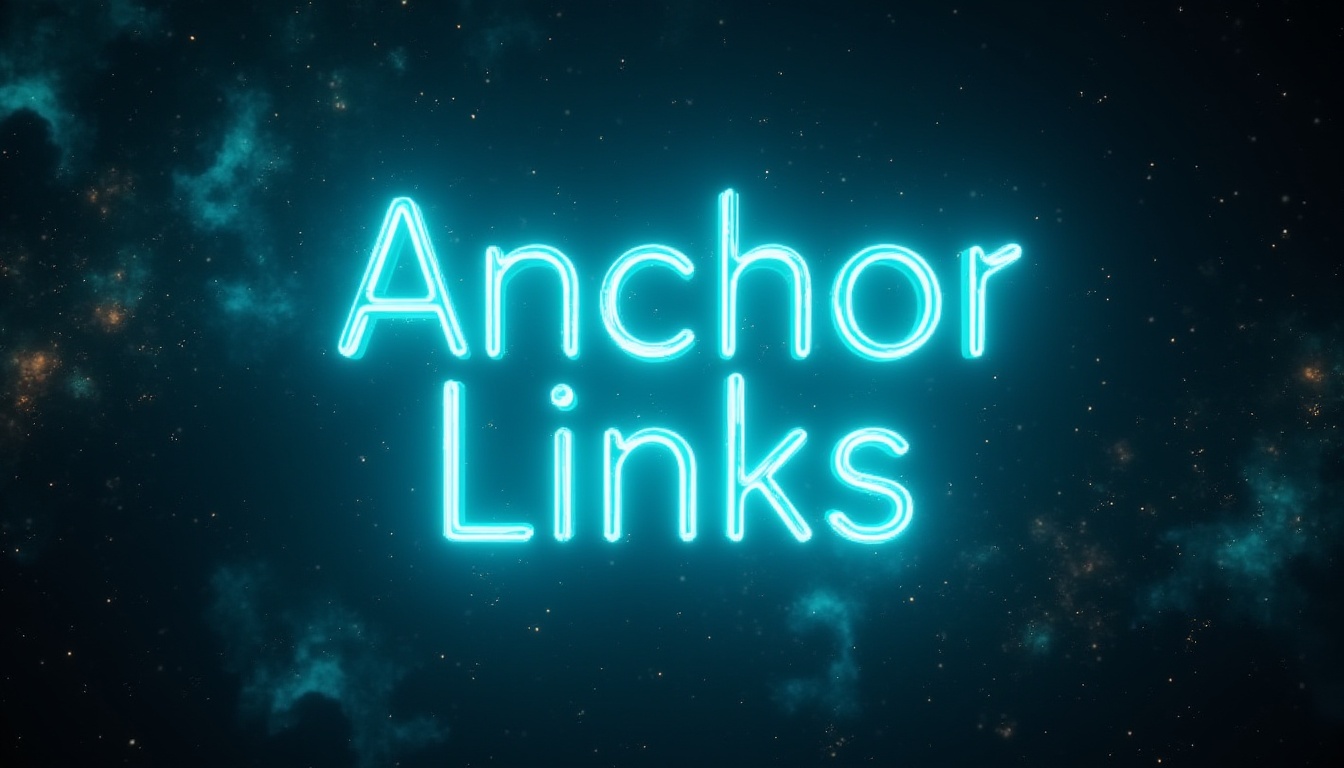
The online gaming industry has brought together excitement, innovation, and entertainment with just a click. With all the online gaming platforms available, 7cric casino bonus is known for its engaging gaming experience and a reward system centered around the player. Value for money is as important as entertainment when choosing a gaming platform and 7cric has set the industry standard with its reasonable bonuses.
In this article, we look at how 7cric casino bonus improves your gaming experience, the unique aspects of the gaming reward system, and the best ways players can maximize their bonuses and time. If you seek a dependable gaming platform that offers enjoyment, fairness, and stellar bonus offers, look no further.
Understanding the 7cric Casino Bonus System
The importance of bonuses in determining a casino’s reputation can no longer be ignored. With this in mind, the 7cric casino bonus system has developed a range of offers that targets players of all experience levels, ensuring that everyone derives utility from the system.
Types of Bonuses Available
The following table illustrates the different kinds of bonuses you should be aware of:
| Bonus Type | Description | Best For |
|---|---|---|
| Welcome Bonus | Extra credits or free spins offered to new users when they register. | New players joining the platform. |
| Deposit Match Bonus | Matches your deposit up to a certain percentage, boosting your play funds. | Players who deposit regularly. |
| Free Spins | Complimentary spins for selected slot games. | Slot lovers looking for variety. |
| Loyalty Rewards | Exclusive perks for returning or long-term users. | Frequent players. |
| Referral Bonus | Rewards for referring friends to sign up and play. | Social players and promoters. |
Each of these bonuses adds an extra layer of excitement, creating more opportunities for players to win and enjoy their favorite games.
Importance of Bonuses in Gaming
When analyzing a game review, bonuses should be used in conjunction with visuals and gameplay to improve user engagement. The 7cric casino bonus offers benefits in numerous important ways.
- Extended Playtime. Players have the opportunity to keep playing the game without having to pay anything.
- Encouraging Exploration. Players have the opportunity to try different games, whether it’s slots, card tables, or other games, with bonus credits.
- Reducing Risk. For new players, especially, bonuses help to lessen the risk of losing money as they learn.
- Boosting Confidence. Players who win games with bonus credits feel more motivated, and it helps them trust the system.
- Increasing Loyalty. Players beginning to fall prey to boredom are targeted with ongoing loose promotions and loyalty programs.
The end product, as a result, is a user-friendly and rewarding gaming environment — a leading reason the 7cric casino bonus is able to continue attracting players to the platform from around the world.
Rewards on the Go with Mobile Gaming
With the fast pace of life in modern times, mobile compatibility is a necessity. The 7cric casino bonus platform has a mobile user-friendly system in place fully optimized for mobile it is seamless on the phone and tablets.
Mobile-Friendly Features
| Feature | Details |
|---|---|
| Adaptive Design | The interface adapts to all different screen sizes and makes navigation easy. |
| Lightweight Performance | Even with limited mobile data, the platform will run seamlessly. |
| Instant Access | No need to download large apps; you can play directly from the browser. |
| Push Notifications | Bonus and promotion alerts sent right to your device. |
| Secure Transactions | All data and payments are protected with SSL encryption. |
A mobile-first approach means players can access their 7cric casino bonus all the time, even during lunch of even late at night to unwind.
Gameplay and User Interface Review
A fabulous casino platform seamlessly integrates thrill and straightforwardness, and 7cric does exactly that. Their stellar collection of games is accompanied by a well-organized and easy to navigate design.
Game Categories You’ll Find
- Slots: For those with varied interests, there are many different themes, paylines and RTP rates.
- Table Games: For those who like strategy, the roulette and blackjack games will provide excitement.
- Card Games: Your skills and luck will be challenged and rewarded during the fast paced competitions.
- Live Casino Options: Enjoy gaming in real time and in HD quality with professional dealers.
- Quick Play Games: This is for players that enjoy short spurts of gaming.
The seamless animations, harmonized sounds, and simple controls make 7cric casino bonus rewarding, visually satisfying, and technically pleasing.
Transparency and Fair Play
Transparency and lack of hidden agendas is what separates reputable operators from the unreliable ones. 7cric casino bonus works with transparent terms and offers verifiable fairness.
Fair Play Practices:
- Certifiable Software: All casino games tested for randomness.
- Published RTP Rates: A player can always know the payout ratios before starting a game.
- Responsible Gaming: A player can set limits on deposits and gaming time.
- Instant Withdrawals: A player knows how and when a payout is made so trust is built.
The features above explain the core values of the platform: safe and fair gaming experience.
Security and Player Protection
The 7cric casino bonus ecosystem is built on trust and offers no compromises when it comes to the security of its players.
Security Measures in Place:
- End-to-End Encryption: No unauthorized person should see sensitive data.
- Verified Accounts: No duplicate or fake accounts.
- Secure Payment Channels: All players should have safe and trusted payment methods to use.
- Fraud Detection Systems: Continuous assessments to ensure no suspicious activity occurs.
These security measures allow players to concentrate on the fun and winning value with eased minds.
How to Maximize Your 7cric Casino Bonus
Using the bonus in the right way can enhance the gaming experience. Here are some expert tips to maximize reward potential:
- Wagering Requirements: Check how many times the bonus needs to be played before withdrawal.
- High RTP Games: Play games with high RTP as they are better to wager on and reach conditions faster.
- Timely Offers: Bonuses have expiration dates so claim them as soon as possible.
- Multiple Games: Bonus credits are a good way to try different games to help figure out your playstyle.
- Responsible Gaming: Use the gaming tools to ensure you stay within safe limits.
These tips will certainly make your 7cric casino bonus sessions more enjoyable and profitable.
7cric Casino Bonus Versus Industry Standards
7cric stands out in the industry primarily due to its bonus simplicity and player centricity. Other online platforms tend to hide complicated terms within bonus offers. 7cric does not do this.
7cric Casino Bonus Benefits:
- No Confusion There’s no foggy fine print — all policies are transparent.
- Fair Wagering Requirements Active players on fairplay conditions are highly valued.
- Play Fresh Promotions Weekly active promotions and special events are always in place.
- Consistent Rewards New users aren’t the only ones getting bonuses — persistent users also benefit.
Honest and reliable strategies are the sources of the positive reputation in the online gaming community.
Real User Reviews and Experiences
Genuine user feedback is the best way to assess the quality of the platform. Reviews and the 7cric casino bonus user feedback show that the environment is reliable and positive.
What Players Love:
- Clear terms and quick payouts.
- Great assortment of fun games.
- New promotions and bonuses for active players.
- Great mobile support.
What Could Use Improvement:
- More regional payment methods are requested by some users.
- Systems can slow down during promotions due to high traffic.
Overall, users describe their experience as “rewarding, entertaining, and trustworthy.”
Technical Performance and User Experience
No game review skips performance. The 7cric casino bonus platform nailed both the design and functionality.
- Fast Loading Times: Almost no lag, even on mobile networks.
- Lightweight Code: Designed for speedy and efficient performance.
- Clean Design: Simple menus reduce cognitive load and help navigation.
- Real-Time Updates: Available bonuses and active promotions are instantly displayed.
These technical attributes create a user experience that feels fluid and polished.
Community and Support System
Customer support often defines player satisfaction. 7cric players are supported on several fronts whenever support is needed.
Support Options:
- Live Chat: Available whenever bonus queries or account issues arise.
- Email Support: Offers respite for more complex issues.
- FAQ Section: Addresses popular inquiries regarding the 7cric casino bonus and gaming.
From the quick issue resolution to the friendly support, players are clearly appreciated by the platform.
Frequently Asked Questions (FAQs)
1. What is the 7cric casino bonus?
It’s a player reward program offering free spins, deposit matches, and loyalty benefits for active users.
2. How do I claim my bonus?
Bonuses are earned by signing up, depositing money, and taking part in promotional events.
3. Are there any wagering requirements?
Yes, players are expected to meet certain wagering conditions before any bonus winnings can be withdrawn.
4. Is the bonus system mobile friendly?
Of course. 7cric mobile version has all bonuses and promotions active.
5. Is 7cric Safe?
Yes, the platform has SSL encryption and their own verification protocols in place.
Conclusion: Why 7cric Casino Bonus Is Worth It
Online gaming is competitive and 7cric casino bonus is no exception to the transparency and fairness system. 7cric has games to play, and a secure system, and is designed for players’ ease.
7cric offers reasonable priced games for all levels and online casino players. It offers perks like responsible gaming policies, and designed all features keeping players.
If you want an online gaming experience where every strategy and spin produces genuine excitement, then the 7cric casino bonus is the ticket to great fun and potentially rewarding opportunities!
Read More














